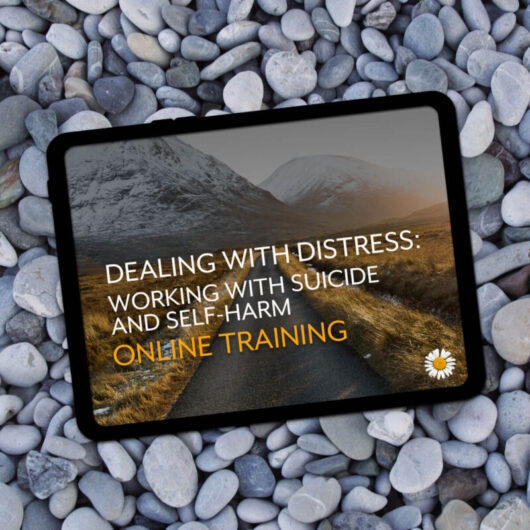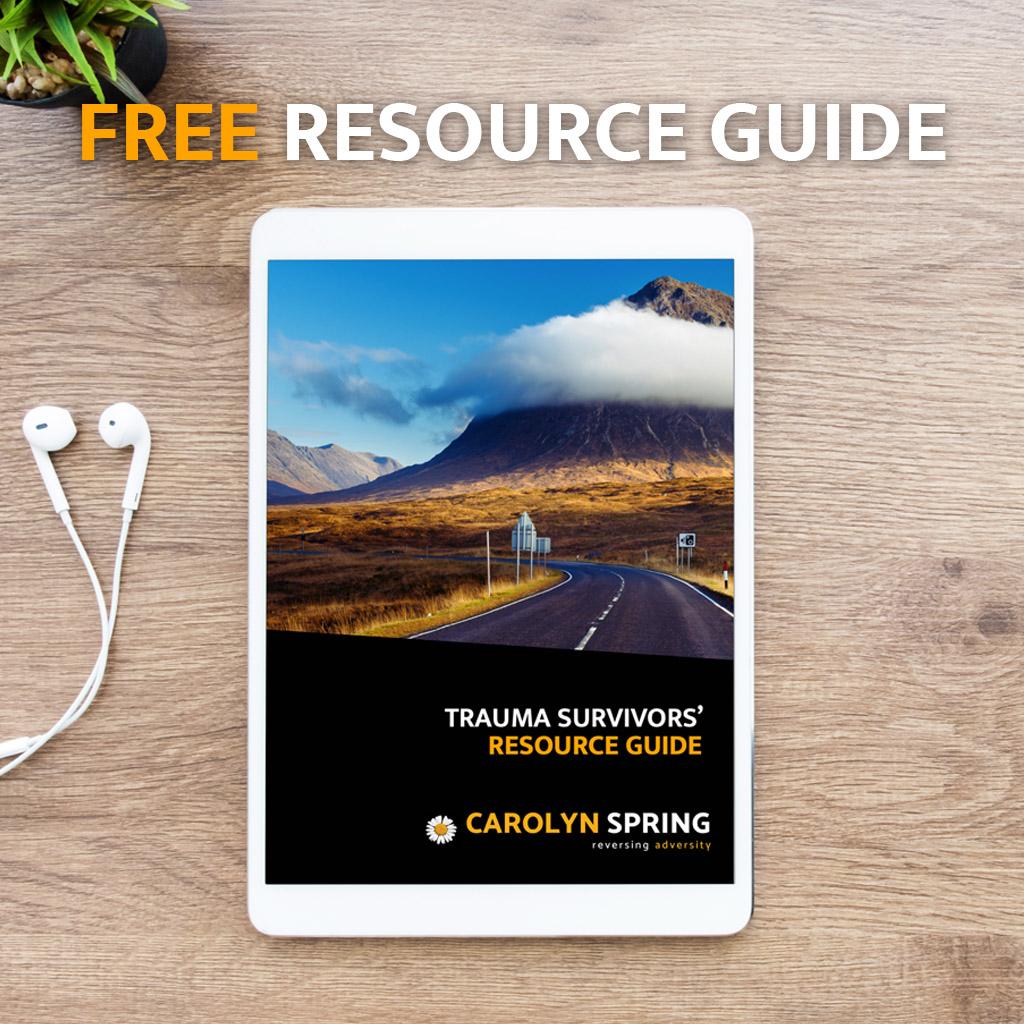
Crisis
Trauma is distressing and so it's little wonder that we can experience intense states of distress leading to crisis – but how do we manage them?

Trauma is distressing and so it's little wonder that we can experience intense states of distress leading to crisis – but how do we manage them?
When we think of issues such as suicide, self-harm and crisis, our thoughts can turn immediately towards risk: how do we minimise the risk of harmful and potentially even fatal actions?
I look at things from a slightly different perspective – not least because I struggled over many years with suicidal thoughts and using self-harm as a coping mechanism. Instead I see suicide and self-harm as our best attempt at the time to manage overwhelming distress. And so I’m interested in looking at how we can better manage that distress – firstly through the supportive, empathic presence of someone helping us to regulate our emotions, and secondly through developing the skills we need to be able to self-soothe – largely through psychoeducation.
I’m interested in the neurobiology of suicide and self-harm because it helps to reduce the shame inherent in these triggered states, and because it gives us actual, applicable tools and strategies to manage distress in a way that firstly does no harm. Psychoeducation helps us to find a way out of these hugely distressing states which often are based in trauma, and which also often involve various levels of dissociation.
Our focus should always be on reducing the pain – not on shaming, blaming, controlling, coercing or cajoling.
Explore my resources below, and especially my ‘Dealing with Distress‘ course to find out more.

Our default response to self-harm and suicidality is to think in terms of ‘risk’. But what if that approach in itself actually increases the risk? What if, instead, we thought in terms of reducing distress, and what if by doing that it in fact also reduced the risk? This course looks at how to develop a collaborative – and kinder – approach to working with people in intense pain, and explains the fundamental but enlightening neuroscience behind both self-harm and suicide.
Start Learning
In this episode I talk about suicide … my own experience of numerous suicide attempts, the hopelessness and sense of trappedness, and how I've moved towards recovery.
Listen Now
Is recovery possible? I'd say it is … based not just on my own personal experience, but on the fact that it’s how our bodies and brains are designed by default. Often when people don’t recover, it’s a problem with the therapy or the ‘treatment’, rather than a problem with a person. In this thought-provoking podcast, I bring hope for healing.
Listen Now
Trauma teaches us that we are helpless to act in the face of danger. But recovery from trauma involves learning to act, learning to take steps, learning to start to find and create the solutions. In this podcast, I talk about the symptoms of trauma and how they drive us towards a solution.
Listen Now
Crisis makes sense. The adrenaline of it can become addictive, or be all we’ve known. Life doesn’t feel right if things aren’t frantic, if relationships aren’t disastrous. Crisis can be an attachment cry. Crisis is the language of emotions that we don’t know how to regulate.
Read MoreGet free Carolyn Spring Trauma Resources when you join my mailing list.
Get free Carolyn Spring Trauma Resources when you join my mailing list.
